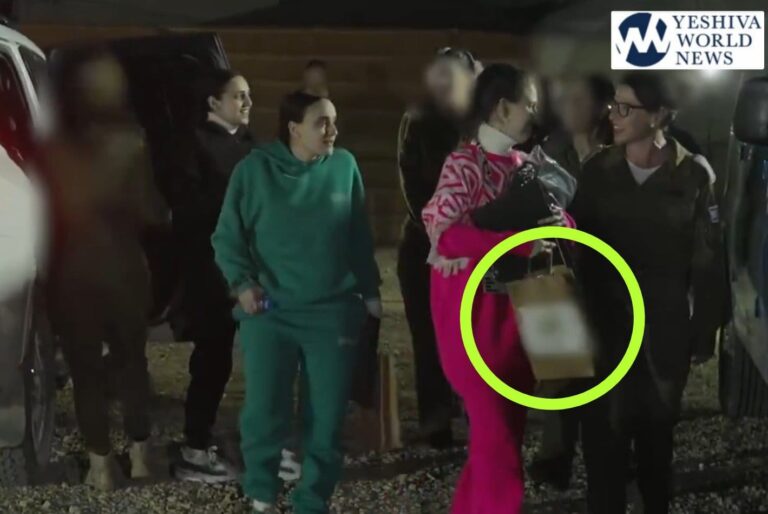 A revolutionary new light bulb being introduced across stores in New York City just in time for Earth Day could be the future of energy efficient lighting, experts say.
A revolutionary new light bulb being introduced across stores in New York City just in time for Earth Day could be the future of energy efficient lighting, experts say.
The Philips LED 60-watt replacement bulb uses just 10 watts of energy, has the same color quality as standard incandescent lights and lasts for over a whopping 25 years.
Getting the most environmentally friendly light bulb out there will take a chunk of change out of consumer’s pockets – it retails for $49.97 – though it does promise savings of more than $6 in energy costs a year and leaves a much smaller carbon footprint than the traditional incandescent bulb.
It also gives off more of a natural-looking light and doesn’t contain some of the same dangerous chemicals that the also environmentally friendly CFL bulbs contain.
The light bulb brightened on the scene when it was awarded the Department of Energy’s Bright Tomorrow Lighting Prize (L Prize) competition last year and the company began slowly rolling out the product in stores across the country this year.
The DOE estimates that if every 60-watt incandescent bulb in the U.S. was replaced with the L Prize winner, the country would save about $3.9 billion a year in electricity costs and avoid 20 million metric tons of carbon emissions.











10 Responses
1. Note whether they are offering a warranty?
2. Note that you pay now, instead of “pay as you go”. The true cost is what you pay, and what interest the money would have earned – and most intelligent investments double over 25 years.
3. Carbon emissions are harmless. Carbon is naturally produced by animals, and breathed in by plants who exhale oxygen. Global warming causes increased carbon, and global carbon causes less carbon – no surprise – warmer weather is good for life, and cold weather kills. If you spend your money to reduce your “carbon footprint” – have I got a wonderful bridge for you….
WOW! A $50 lightbulb to replace my 50 cent lightbulb.
More of this global warming manure. What makes these bulbs “better” than the spaghetti bulbs we were told will last years? So far, I replace the spaghetti bulbs more than the Edison bulbs. The fact that the only way these bulbs will sell is with incentives, tells you they are gurnisht vert, like anything the govt has their paws on.
Well i have about 25 burnt-out bulbs that i bought last year that are supposed to burn 9 years……..
these things promise to give like 100 watts but only use 40w, but my eyes tell me that it is harder to read using these type of light bulbs plus they do NOT last much longer unless you talk about the VERY low watt night lights.
So let me understand this. This means they invented the bulb 25 years ago and ran it for the last 25 years otherwise they couldn’t know how long it would last, right? Hmmm… Something tells me that this isn’t so. I’ll continue using the old fashioned ones that last only 1 to 2 years and cost about a buck.
Avi, the way it works is that they test it in a lab that simulates time. For example, there is something called fatigue testing which tests to see how many cycles of stress a material will last through. In the lab, they accelerate the frequency of the stress cycles and see how long it will last based on that.
They say it will last 22.5 year as on the package but read thee fine print if you operate the bulb a maximum of 3 hours a day.
And there is some high quality LED bulbs out in the market that will last 50,000 hours and you can use it up to 16 hours a day.
LED bulbs are still expensive and it would be for a while as the technology is still developing and working on it, the trick is to get a bulb with high quality LED’s that would give out a nice light, the ones being sold in home depot, and any other big box store is very low in lumen as this is what counts the most example a LED chandelier bulb in home depot uses 3W but only outputs 150 lumen that is equal to a 15w incandescent bulb so of course it won’t do anything to bright up your dining room, ass the one they sell now was designed for decorative purpose and not for regular light, and there spot lights are 4w but outputs 200 lumen that is equal to a 20w bulb, and the prices are very high for this bulb and this is thee turn off, but for sure the market would open up in the next year and stronger bulbs different brands would be sold for cheaper then this one for 60.00 that outputs 850 lumen equal to about 75w regular bulb.
Here is an example of savings in electricity cost per month running 6 hours per day 10 incandescent 75W bulbs to 10W LED bulbs 850 lumen.
cost to run 10 incandescent 75W = 14.85
cost to run 10 LED 10W = 1.98
Total Savings of 12.87 per month
Just to make another point.
Florescent bulbs (CFL) has mercury and LED does not.
Florescent bulbs (CFL) does NOT have dimming and LED does.
Florescent bulbs (CFL) is affected by opening and closing the light and LED does not.
Florescent bulbs (CFL) will burn out faster if used in ceiling fans as it is affected by the vibration of the fan and LED is not affected.
Incandescent & Halogen bulbs output lots of heat and LED does not.
I can see the government banning or placing a disposal tax on the Florescent bulbs as it contains mercury
8. Savings shmavings. If the light output isn’t what we want and the bulbs don’t last as long as they claim, its not worth a darn.
Let the market decide what should be sold and what should not be sold, NOT THE GOVT!